Feature article
Light it up: Styling lamps in your home
Lighting is key to your home's comfort. Combine task, accent, and ambient lighting for a luxurious, cohesive design.
25 September 2024

It may not be the first ‘accessory’ you think of when planning your interior design scheme, but lighting plays an integral role in the liveability of your home and the way you illuminate your spaces will have a direct result on the perceived comfort level therein.
Essentially, there are three ‘types’ of lighting that you should consider for your home — task, accent and ambient. Task lighting is used to enhance visibility and tends to be quite direct. Accent lighting is used to draw attention to a specific area or item, and again, tends to be quite direct, for example positioned to illuminate a specific artwork. Ambient lighting is the kind that creates a soft glow that evenly illuminates a space, much like natural light does during the day.
Task lighting is the type that is best created through the use of lamps, although lamps will also add to a beautiful layered effect and a sense of warmth and cosiness.
A considered lighting scheme that incorporates one or more lamps in each room will go a long way to elevating your interior design, creating a luxurious aesthetic. Quite pleasingly, lamps are available in an almost inexhaustible range of colours and styles that can be used to pull your home decor together, or to create vibrancy and contrast.
Inspired by the iconic, 1935 original, this Type 75 anglepoise desk lamp by Margaret Howell, is perfect for reading in bed. Pictured here in a home designed by Case Ornsby.
If you’re wanting to achieve a cohesive look, choose lamps that match your overall decor theme. For example, mid-century modern lamps, which tend towards clean lines and geometric shapes, would best suit a modernist or retro-inspired room, while a Victorian-style lamp would be better suited to a more classical or vintage design scheme. In the home pictured above, designed by architectural designer Case Ornsby for his own family, the use of lamps adds character and underscores the interior aesthetic.
Colour, materials and texture, too, can all be used to create cohesion.
Depending on your decor, you might opt for vibrantly coloured lamps to add a dash of vitality to a neutral scheme, while lamps in a lighter colourway will promote minimalist and coastal-influenced designs. Incorporating metallics adds a touch of sophistication and elevates any scheme through an added sense of flair.
The crystal transparent Bourgie lamp by Ferruccio Laviani for Kartell adds a baroque touch to this interior.
Lamp bases and shades come in a wide array of materials and these can be used in conjunction with other furnishings to contribute to the over design theme of your spaces.
Natural materials — timber, rattan, bamboo, stone, linen etc — can be used to create an earthy vibe, adding warmth to a scheme. Such lamps can be easily teamed with other natural accents throughout the home.
Metals, such as aluminium and brass, along with glass — particularly in geometric shapes — are ideal for adding or complementing an industrial or contemporary aesthetic. The transparent lamp pictured above in a home by John Reynolds and Claire McLintock adds a sculptural touch to a contemporary villa renovation.
Texturally, ribbed or sculpted lamp bases will inject a level of visual tactility to your interiors, essentially acting as ‘mini’ works of art. Subtle textures will work best with minimal and beachy decors, while more obvious textures team well with visually complex schemes.
Shapes, too, can impact the mood of a space, with rounded bases introducing softness and square or rectangle bases creating a more structured style.
When it comes to incorporating lamps into your interior design scheme, there are three types to choose from.
Table Lamps
Made from Japanese paper, Lampampe by Ingo Maurer exudes an almost poetic textural grace.
Table lamps provide focused lighting, within a concentrated area, that’s perfect for reading or for simply adding a touch of elegance to your space. A good rule of thumb to keep in mind when it comes to choosing a table lamp is that, when placed on the table, the lamp is generally aligned at eye level when you’re seated. Equally important, is to consider the height and proportion of the lamp relative to the table on which it will sit, as well as any surrounding furniture.
Standard (Floor) Lamps
This Mito largo floor lamp by Occhio brings balance to the overall design scheme
Popular for their versatility, floor lamps can be used to bring light to dark corners, create reading nooks, or serve as statement pieces in your living room. For example, a sleek, black floor lamp can add a modernist feel, while a more sculptural lamp will serve as a conversation starter.
The Mito largo floor lamp pictured above offers a dramatic statement in a refined interior designed by KKID.
Wall Sconces
The use of a sconce lamp in this entryway helps maintain the sleek, minimalist feel.
In smaller spaces, wall-mounted lamps — also known as sconces — can provide much-needed light without taking up valuable real estate. Sconces are ideal for highlighting artworks or architectural details such as wainscoting. The, generally, softer light from sconces can be utilised to create a balanced and visually interesting effect, enhancing the ambience of any room, entry or hallway.
In the entry of the home pictured above, Pegasus House designed by Mario Luz of Dalman Architects, the wall scones add character and drama to the entry.
Author
Discover More
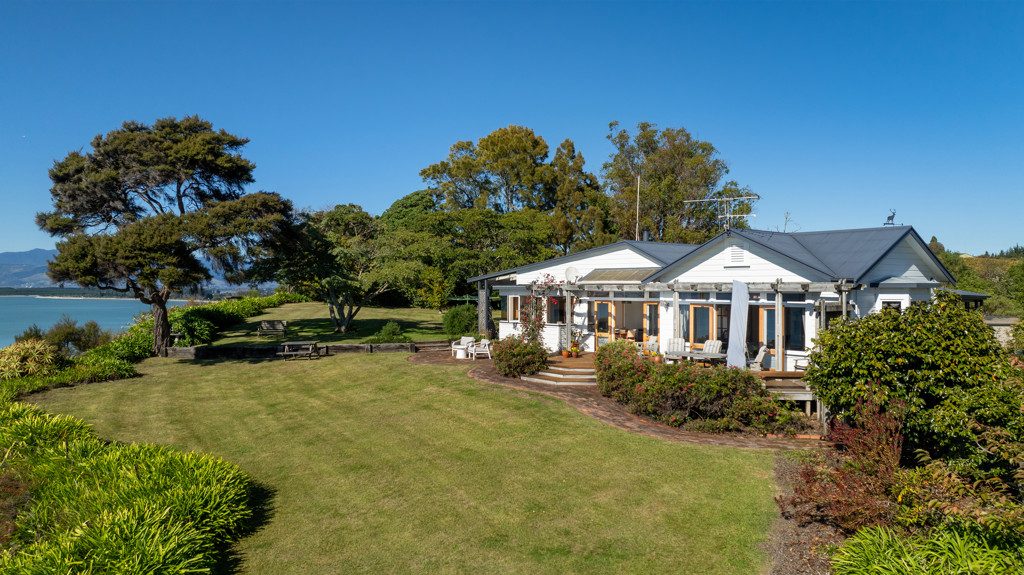
Tasman temptations in hot spots like Kaiteriteri and Ruby Bay
Who wouldn’t want a house close to Abel Tasman National Park and at beaches like Kaiteriteri, Ruby Bay, and Mapua?
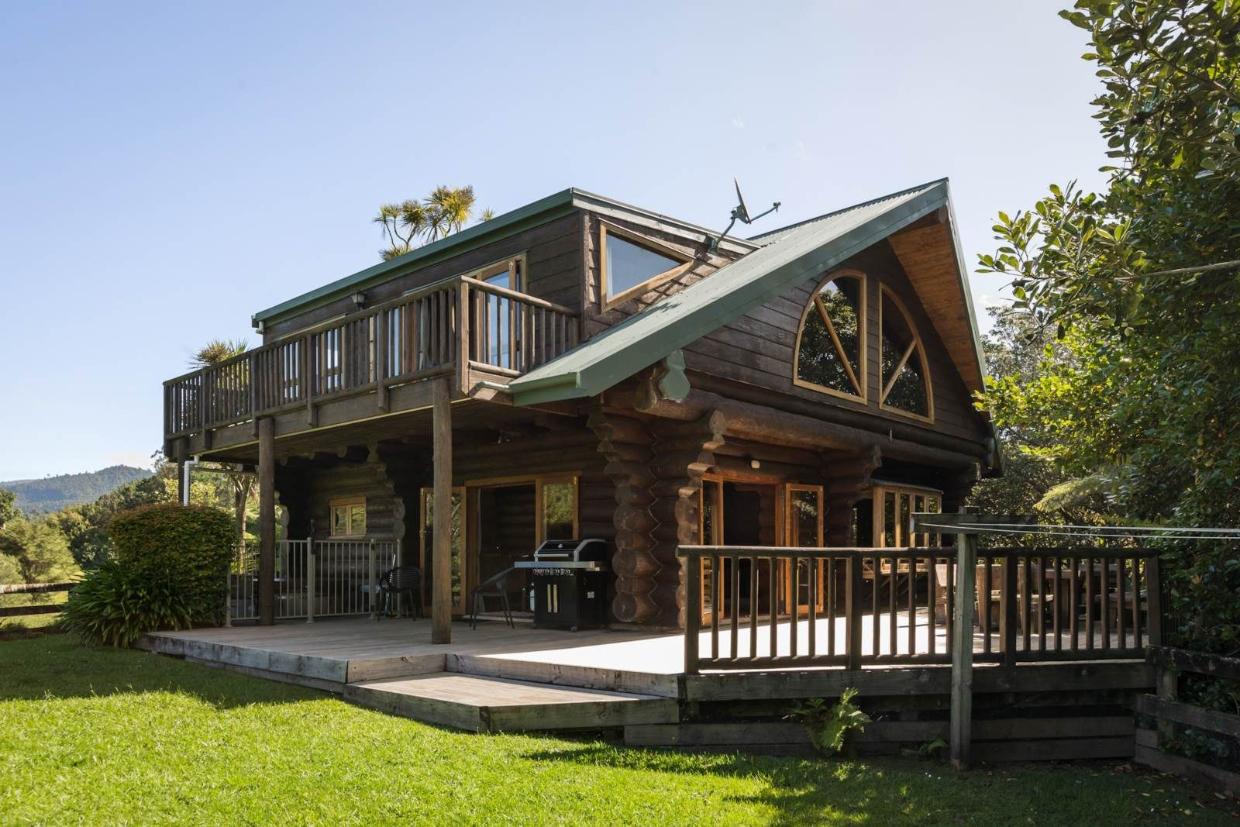
Riverside log cabin on site of legendary Kiwi music festival hits the market
The Douglas Fir log cabin in Waihi can sleep 12.
Search
Other articles you might like
.jpg)
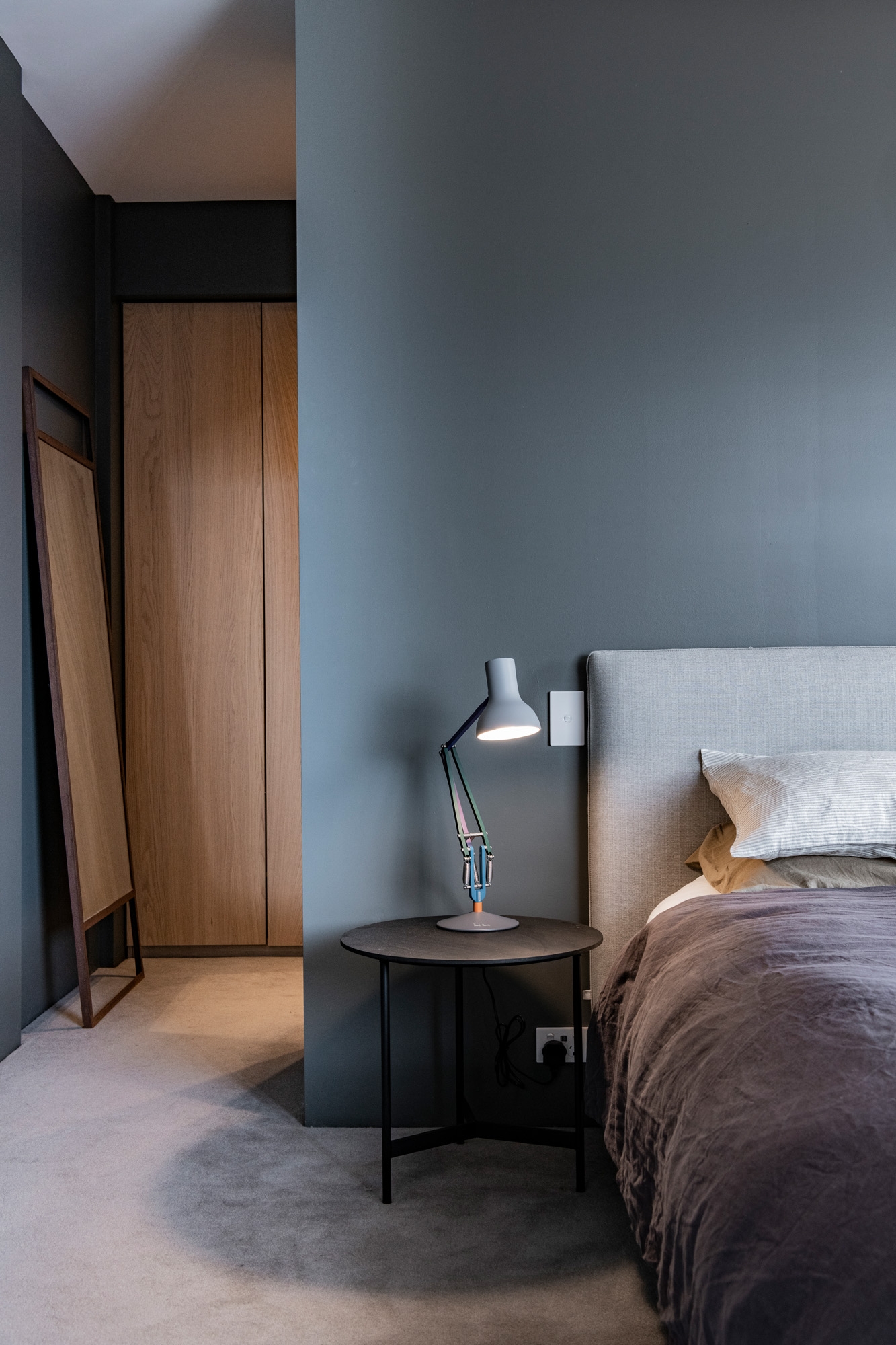
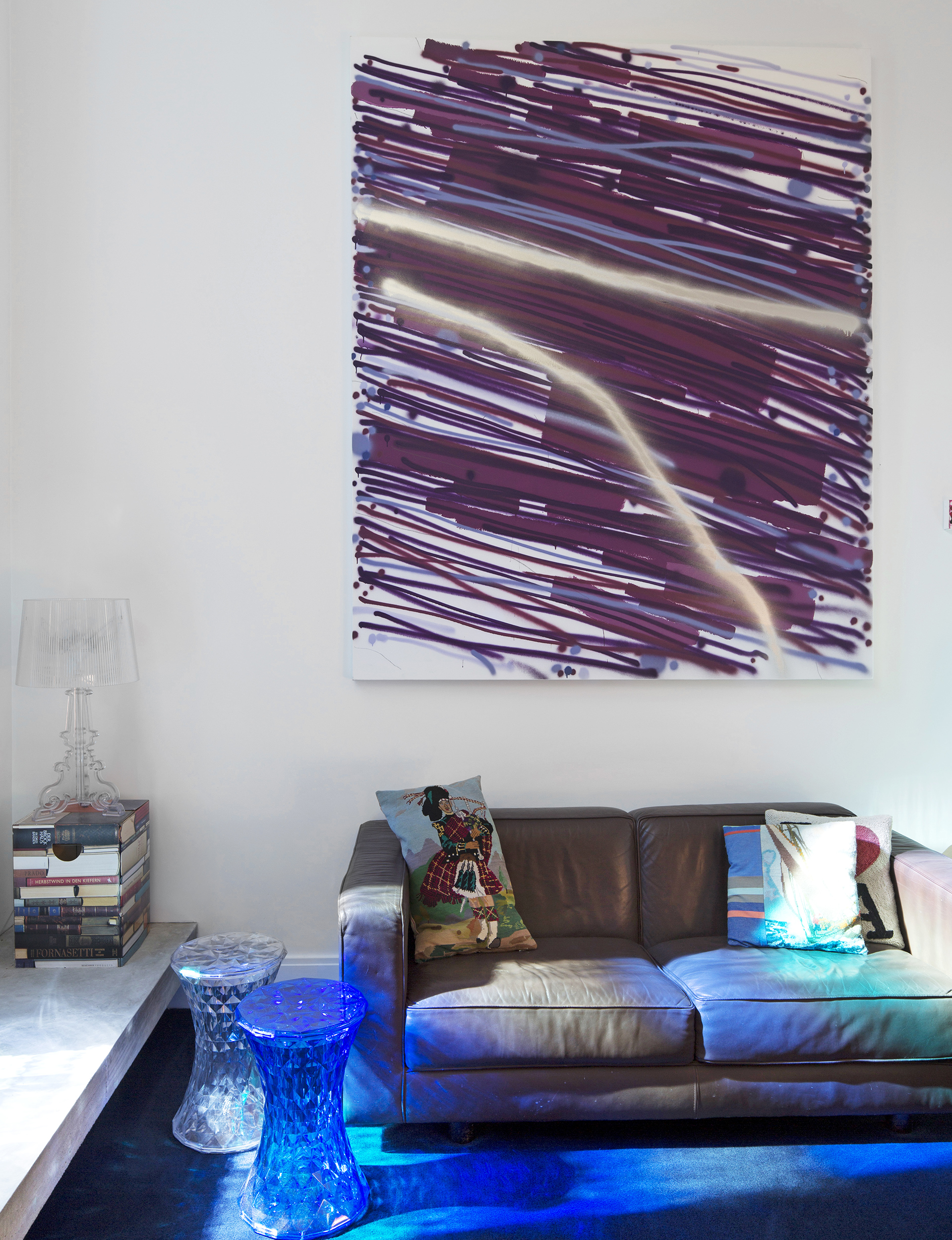
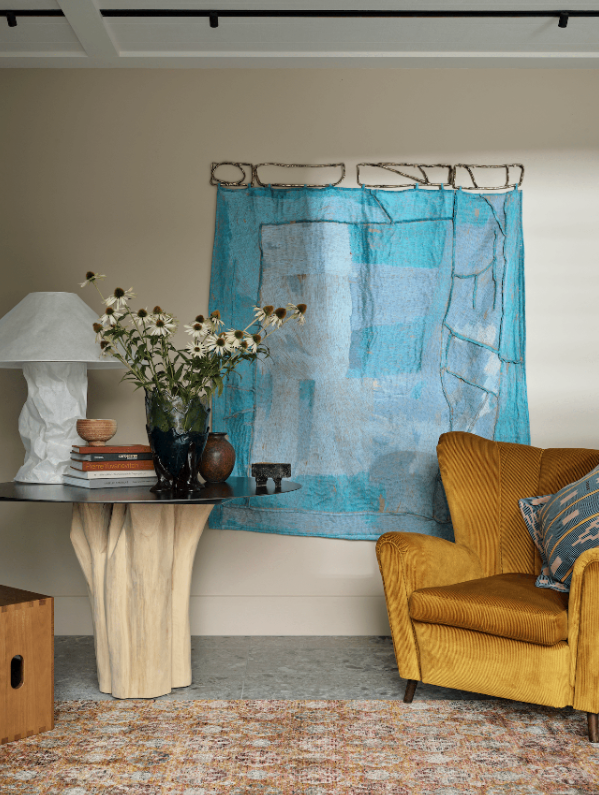
.jpg)
.jpg)

.jpg?fit=max&format=webp&quality=85)


